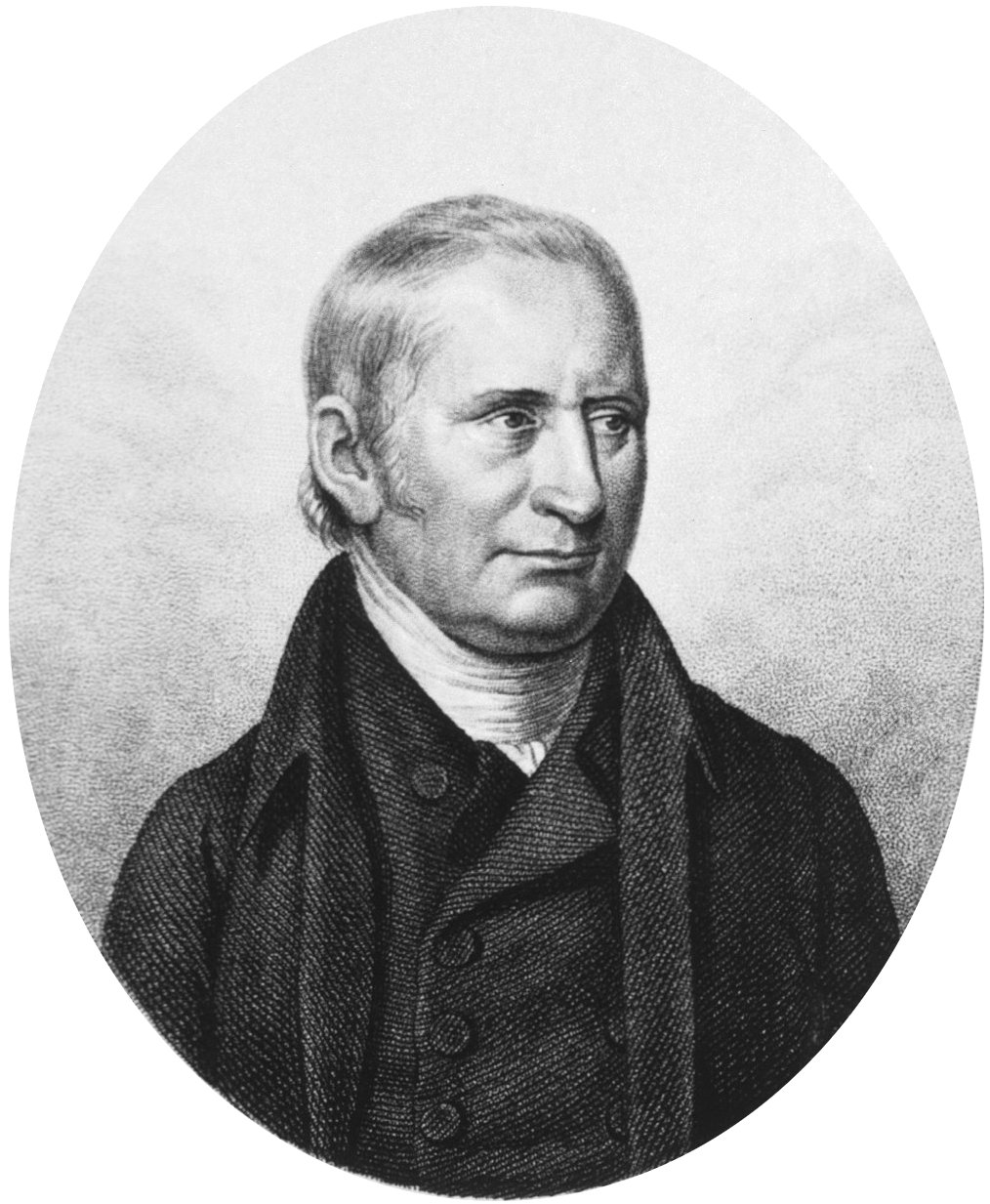|
Andrena Minutula
'' Andrena minutula '' is a Palearctic species of mining bee. Edward Saunders 1896, ''The Hymenoptera Aculeata of the British Isles'' Londonpdf us.archiveFull text with illustrations] References External linksImages representing ''Andrena minutula '' {{Taxonbar, from=Q14383374 Hymenoptera of Europe minutula Insects described in 1802 ... [...More Info...] [...Related Items...] OR: [Wikipedia] [Google] [Baidu] |
William Kirby (entomologist)
William Kirby (19 September 1759 – 4 July 1850) was an English entomologist, an original member of the Linnean Society and a Fellow of the Royal Society, as well as a country rector, so that he was an eminent example of the "parson-naturalist". The four-volume ''Introduction to Entomology'', co-written with William Spence, was widely influential. Family origins and early studies Kirby was a grandson of the Suffolk topographer John Kirby (author of ''The Suffolk Traveller'') and nephew of artist-topographer Joshua Kirby (a friend of Thomas Gainsborough's). He was also a cousin of the children's author Sarah Trimmer. His parents were William Kirby, a solicitor, and Lucy Meadows. He was born on 19 September 1759 at Witnesham, Suffolk, and studied at Ipswich School and Caius College, Cambridge, where he graduated in 1781. Taking holy orders in 1782, he spent his entire working life in the peaceful seclusion of an English country parsonage at Barham in Suffolk, working at th ... [...More Info...] [...Related Items...] OR: [Wikipedia] [Google] [Baidu] |
Palearctic
The Palearctic or Palaearctic is the largest of the eight biogeographic realms of the Earth. It stretches across all of Eurasia north of the foothills of the Himalayas, and North Africa. The realm consists of several bioregions: the Euro-Siberian region; the Mediterranean Basin; the Sahara and Arabian Deserts; and Western, Central and East Asia. The Palaearctic realm also has numerous rivers and lakes, forming several freshwater ecoregions. The term 'Palearctic' was first used in the 19th century, and is still in use as the basis for zoogeographic classification. History In an 1858 paper for the ''Proceedings of the Linnean Society'', British zoologist Philip Sclater first identified six terrestrial zoogeographic realms of the world: Palaearctic, Aethiopian/Afrotropic, Indian/Indomalayan, Australasian, Nearctic, and Neotropical. The six indicated general groupings of fauna, based on shared biogeography and large-scale geographic barriers to migration. Alfred Wallace a ... [...More Info...] [...Related Items...] OR: [Wikipedia] [Google] [Baidu] |
Edward Saunders (entomologist)
Edward Saunders, FRS (22 March 1848 – 6 February 1910) was an English entomologist, who specialised in Coleoptera, Hemiptera and Hymenoptera. Life Saunders was born at East Hill, Wandsworth, on 22 March 1848, the youngest of seven children of William Wilson Saunders (known for sponsoring the collecting expeditions of Alfred Russel Wallace), who was a treasurer for the Linnean Society. Schooled at Reigate, he was interested in natural history like his siblings. He joined the business of his father at Lloyds Bank, studying entomology in his spare time. His earliest publication was ''Coleoptera at Lowestoft'' in the first volume of the ''Entomologists’ Monthly Magazine'' when he was sixteen years old. He would later become an editor of the Magazine. His ''Catalogus Buprestidarum'' of 1871 was "''a work whose importance was immediately recognised, and which has ever since remained a classic. In order to render the synonymies ... as reliable as possible, he undertook t ... [...More Info...] [...Related Items...] OR: [Wikipedia] [Google] [Baidu] |
Hymenoptera Of Europe
Hymenoptera is a large order of insects, comprising the sawflies, wasps, bees, and ants. Over 150,000 living species of Hymenoptera have been described, in addition to over 2,000 extinct ones. Many of the species are parasitic. Females typically have a special ovipositor for inserting eggs into hosts or places that are otherwise inaccessible. This ovipositor is often modified into a stinger. The young develop through holometabolism (complete metamorphosis)—that is, they have a wormlike larval stage and an inactive pupal stage before they mature. Etymology The name Hymenoptera refers to the wings of the insects, but the original derivation is ambiguous. All references agree that the derivation involves the Ancient Greek πτερόν (''pteron'') for wing. The Ancient Greek ὑμήν (''hymen'') for membrane provides a plausible etymology for the term because species in this order have membranous wings. However, a key characteristic of this order is that the hindwings are ... [...More Info...] [...Related Items...] OR: [Wikipedia] [Google] [Baidu] |
Andrena
''Andrena'' is a genus of bees in the family Andrenidae. With over 1,500 species, it is one of the largest genera of animals. It is a strongly monophyletic group that is difficult to split into more manageable divisions; currently, ''Andrena'' is organized into 104 subgenera. It is nearly worldwide in distribution, with the notable exceptions of Oceania and South America. Bees in this genus are commonly known as mining bees due to their ground-nesting lifestyle. Morphology ''Andrena'' are generally medium-sized bees; body length ranges between 8 and 17 mm with males being smaller and more slender than females. Most are black with white to tan hair, and their wings have either two or three submarginal cells. They carry pollen mainly on femoral scopal hairs, but many ''Andrena'' have an additional propodeal corbicula for carrying some pollen on their thorax. C. D. Michener (2007) ''The Bees of the World'', 2nd Edition, Johns Hopkins University Press. They can be distin ... [...More Info...] [...Related Items...] OR: [Wikipedia] [Google] [Baidu] |


